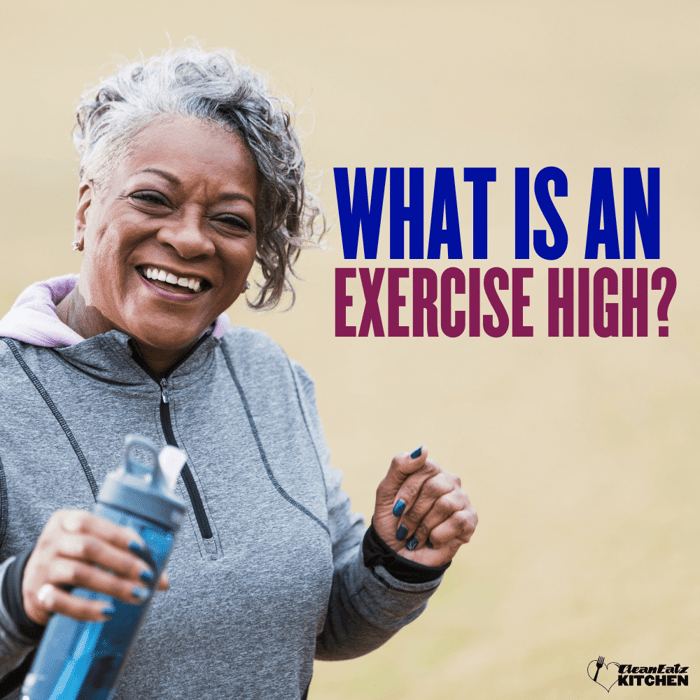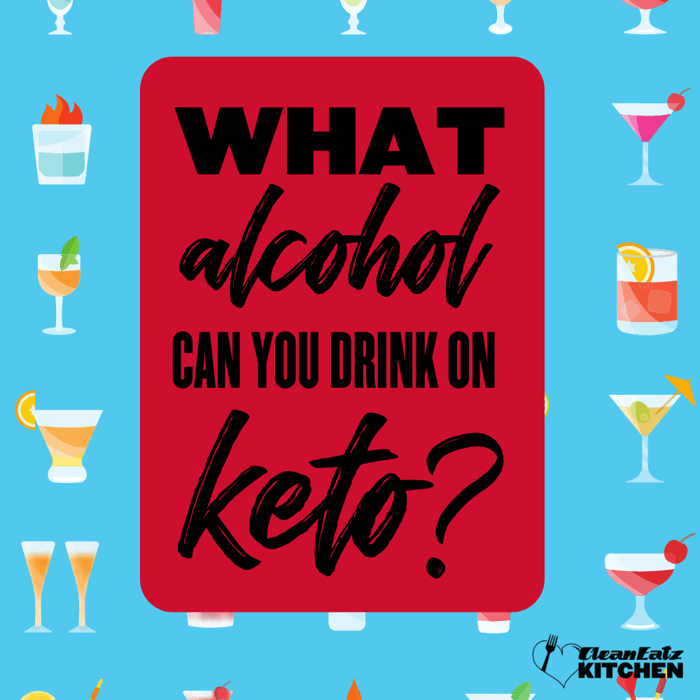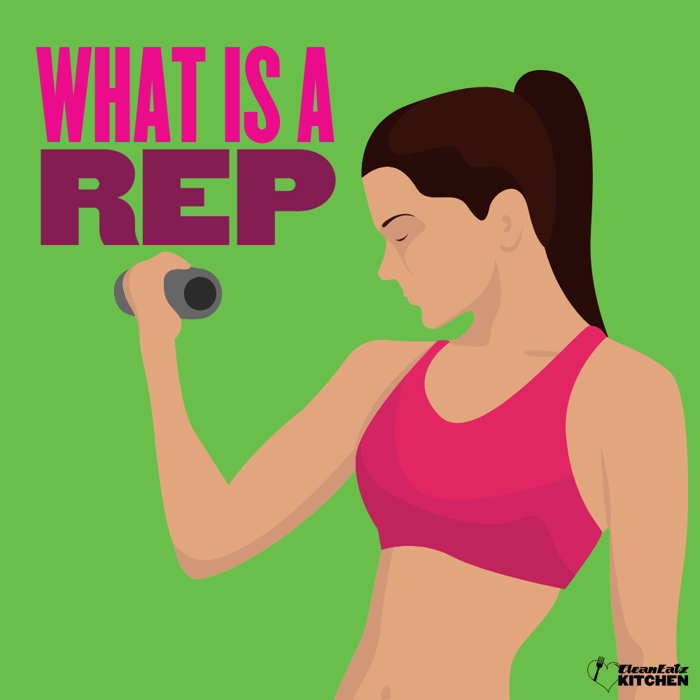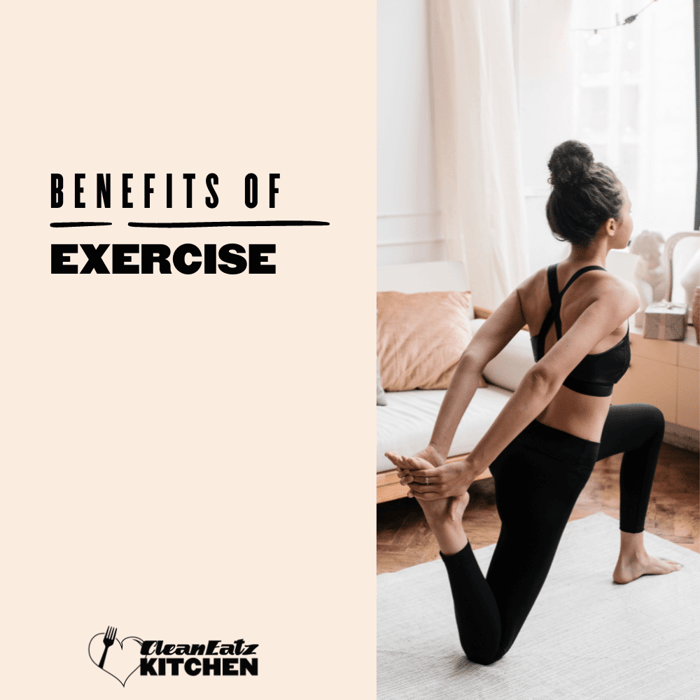Table of Contents
- What Is an Exercise High? (How It Feels, Why It Happens, and How to Find It Safely)
- What People Mean by “Exercise High”
- When It Tends to Show Up
- Workouts That Commonly Trigger It
- How to Set Up Your Session to Feel It
- Recovery & Safety
- Troubleshooting (If You’re Not Feeling It)
- 4 Simple Starter Sessions
- Make Nutrition the Easy Part
- Related Reading
- FAQs
Last updated: September 12, 2025
What Is an Exercise High? (How It Feels, Why It Happens, and How to Find It Safely)
Quick answer: An exercise high is that post-workout lift—calm energy, better mood, less stress, sometimes even less perceived pain. It most commonly shows up after moderate-to-vigorous activity for 20–45 minutes (but it varies by person) and is linked to natural brain-body chemicals and rhythmical movement. You don’t have to “go hard” to feel it—set up your session, hydrate, and build gradually.
What People Mean by “Exercise High”
- How it feels: lighter mood, clearer head, relaxed confidence, and a sense of flow during or after a workout.
- What’s behind it (simplified): your body may release feel-good and stress-regulating chemicals during sustained movement (e.g., endorphins, endocannabinoids, dopamine, norepinephrine) alongside changes in breathing and temperature.
- Who gets it: beginners and experienced exercisers—though the intensity and timing differ for everyone.
When It Tends to Show Up
- Intensity: often around a moderate-to-hard effort—think an RPE (rate of perceived exertion) of 6–8/10 where you’re working but still in control.
- Time: commonly after 15–25 minutes once you’re warmed up, or during a strong final stretch (“second wind”).
- Consistency: the more regularly you train (and sleep/eat well), the easier it is to find.
Workouts That Commonly Trigger It
| Activity | Duration | Intensity Hints |
|---|---|---|
| Brisk walking / hiking | 25–45 min | Uphill or faster pace; can speak in short phrases |
| Running / cycling / rowing / swimming | 20–45 min | Steady rhythm or short intervals; breathing elevated |
| Elliptical / group cardio class | 20–40 min | Music-driven effort; sweat builds; strong finish |
| Circuit training | 20–35 min | Minimal rest; HR stays up; full-body moves |
Cardio options explained here: Is the Elliptical Good for Weight Loss?
How to Set Up Your Session to Feel It
- Warm up 5–10 minutes: gradually increase pace to a comfortable, controlled effort.
- Hydrate smart: sip water; for hot or long sessions consider a light electrolyte mix (see electrolyte guide).
- Fuel appropriately: if you train fasted, keep intensity modest and review our fasted-training guide.
- Use rhythm & music: steady cadence and a good playlist can help you enter “flow.”
- Finish with intention: a strong but controlled final 3–5 minutes can amplify the mood lift.
Recovery & Safety
- Don’t chase extremes: more pain ≠ more gain. Progress in small steps.
- Support recovery: protein-forward meals, sleep, and hydration. See our Top 10 Health Tips and carbs guide.
- Red flags: stop and seek medical care for chest pain, severe dizziness, or unusual shortness of breath.
Troubleshooting (If You’re Not Feeling It)
- Too hard, too soon: scale back; aim for an RPE 6–7/10 and build weekly.
- Under-recovered: prioritize sleep and protein; consider a rest day.
- Dehydrated/under-fueled: add fluids/electrolytes and a light carb snack pre-workout.
- Wrong modality: try outdoors, a different machine, or a group class for novelty.
4 Simple Starter Sessions
- Brisk Walk with Surges (20–25 min): 5-min easy → 10–15 min steady with 30-sec faster surges every 3 min → 3-min easy.
- Elliptical Rhythm (25–30 min): 5-min warm-up → 4×(3 min comfortable hard + 2 min easy) → 5-min cool-down. Elliptical tips.
- Bike Intervals (20–25 min): 5-min warm-up → 6×(1 min hard + 2 min easy) → 5-min cool-down.
- Bodyweight Circuit (20–25 min): 4 rounds: 45s squats, 45s push-ups (incline ok), 45s lunges, 45s rows/bands, 60s rest. Keep breathing smooth.
Make Nutrition the Easy Part
Lock in meals that support training and recovery: Weight-Loss Meal Plan, flexible Build-a-Meal Plan, and quick proteins from our High-Protein Box. For hydration options, see our electrolyte guide.
Related Reading
- Should I Exercise on an Empty Stomach?
- Electrolytes: Best Water Supplements
- How Long Does It Take to Notice Weight Loss?
- Top 12 Healthy Lifestyle Hacks
FAQs
What is an exercise high?
A short-lasting mood lift and sense of calm energy that can occur during or after sustained, rhythmic activity.
How long does it last?
Anywhere from a few minutes to an hour or so—highly individual and influenced by sleep, stress, fueling, and intensity.
Do I have to run to feel it?
No. Brisk walking, cycling, elliptical, rowing, swimming, dance, and circuits can all trigger it.
Is it safe to work out fasted?
Some people prefer it for light/moderate sessions; others feel better with a small carb + protein snack. See our guide.
Should I use pre-workout or energy drinks?
Not required. Hydration and gradual build-up matter more. If you use them, read labels and trial at lower doses. For simple hydration, see our electrolyte guide.
Disclaimer: This article is for general information only and isn’t medical advice. If you have health conditions or symptoms with exercise, talk to your clinician.




